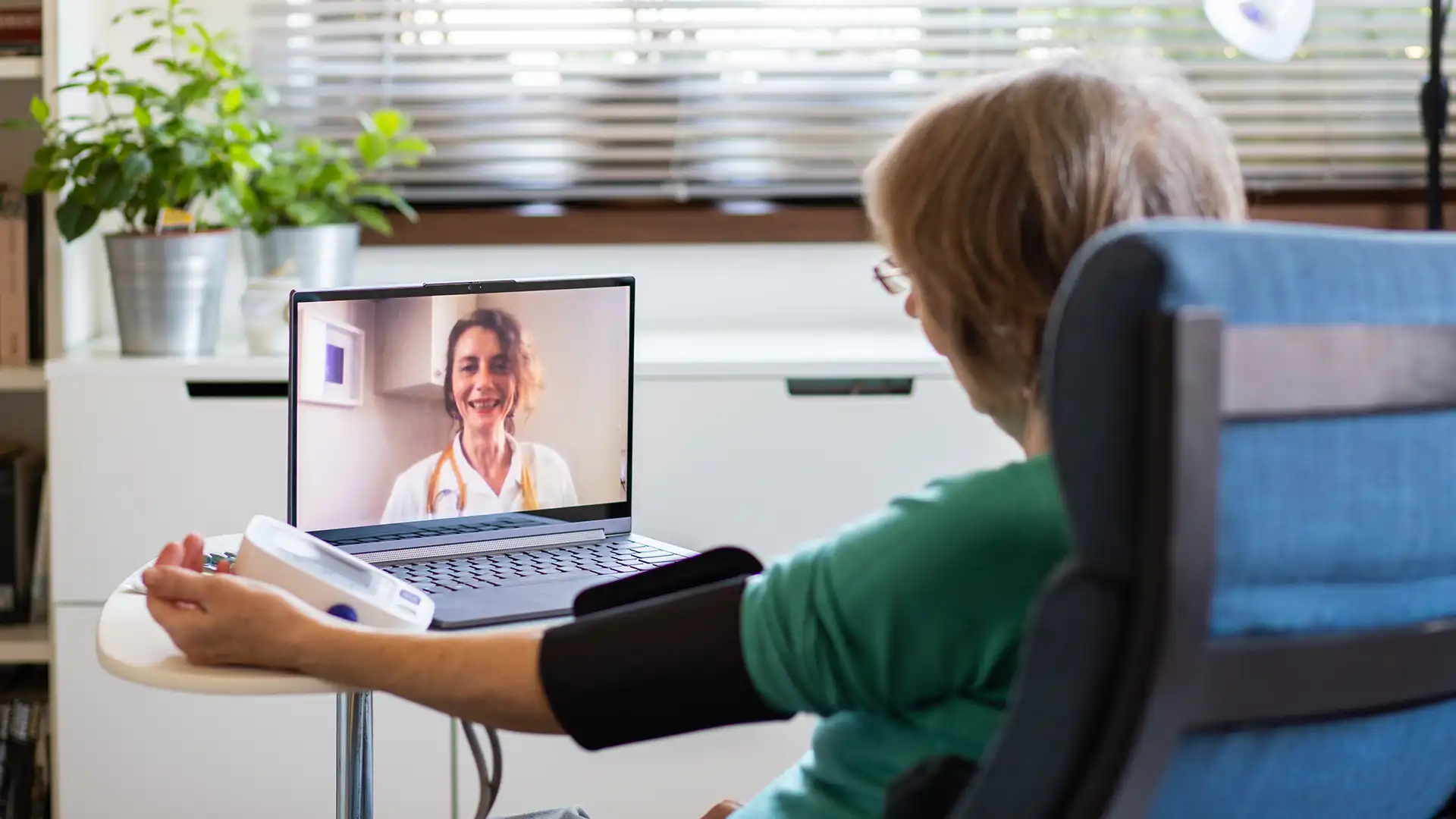Eye pain can be sudden, sharp, or lingering, making everyday tasks like reading, driving, or even keeping your eyes open uncomfortable. It is one of the most common reasons people seek urgent eye care. While some cases are minor and can be managed at home, others may signal a more serious issue.
In this article, we’ll guide you through how to treat eye pain, identify common causes, and help you determine when to use home remedies or seek professional help. Knowing your options can offer quick comfort and help preserve your vision, whether a mild irritation or something more severe.
What Causes Eye Pain?
Understanding the source is the first step in treating any discomfort. Eye pain causes can vary widely:
- Dry eyes: Common from prolonged screen time or dry environments.
- Foreign body: Dust, eyelashes, or debris can scratch or irritate the eye.
- Infections: Conjunctivitis (pink eye) or styes can cause localized pain.
- Eye strain: Often linked to digital screens or poor lighting.
- Sinus infections: Can cause referred pain around or behind the eyes.
- Injury or trauma: Scratches, chemical exposure, or blunt force.
- Glaucoma or uveitis: More serious internal eye conditions that require medical evaluation.
Knowing what causes eye pain can help narrow down the right course of treatment.
Home Remedies for Eye Pain
For minor discomfort or irritation, home remedies can provide effective relief. Here’s how to treat eye pain at home safely:
- Artificial tears: Over-the-counter lubricating drops can soothe dry, burning eyes.
- Avoid rubbing: Touching or rubbing your eyes can worsen irritation.
- Flush with saline: Use sterile saline solution to wash out debris or irritants.
- Rest your eyes: Take regular breaks from screens to reduce strain.
These are some of the most effective first-line steps in how to relieve eye pain from common causes like dryness, mild strain, or foreign particles.
Warm vs. Cold Compress: Choosing the Right Relief for Eye Pain
Not all eye pain is the same. Knowing when to use a warm or cold compress can make a big difference in finding fast, effective relief:
Warm compress is best for:
- Styes
- Blepharitis (eyelid inflammation)
- Dry eyes (due to blocked oil glands)
- Crusty eyelids
- General fatigue or soreness
A warm compress increases blood circulation, softens clogged oil in glands along the eyelid, and helps loosen debris or crusts. It’s soothing and helps with swelling caused by inflammation.
Cold compress is best for:
- Allergic reactions
- Redness and swelling
- Itching or burning from irritation
- Eye strain or puffiness
- Minor injuries
A cold compress constricts blood vessels, reducing inflammation, swelling, and itching. It also helps numb the area slightly, which provides quick relief from mild pain or discomfort.
Eye Pain in Children: What Parents Should Know
Children may not always describe eye pain clearly, so it’s essential to watch for signs like excessive rubbing, squinting, light sensitivity, or complaints of headaches. Causes can range from pink eye and foreign objects to undiagnosed vision problems. If your child shows signs of discomfort or vision changes, a pediatric eye exam is recommended to rule out serious issues and ensure proper treatment.
Quick Relief for Eye Pain
When you need quick relief, your focus is on how to stop eye pain immediately. Here are fast-acting options:
- Apply a lubricating eye drop: For immediate moisture and comfort.
- Use a cool, damp cloth: Apply gently over closed eyes for 10–15 minutes.
- Blink frequently: Especially if you’ve been staring at a screen.
- Darken your environment: Bright lights can intensify pain. Dim the lights or wear sunglasses.
If the pain persists beyond a few hours or gets worse, it’s time to consult an eye care provider.
Eye Drops to Relieve Pain
Not all eye drops for pain are created equal. Choosing the right one depends on the cause of your discomfort:
- Lubricating drops: Best for dry eyes, digital eye strain, or wind exposure.
- Antibiotic drops: Needed for bacterial infections, prescription only.
- Antihistamine drops: Help with allergy-related irritation and redness.
- Steroid drops: Used for inflammation due to more serious conditions (requires prescription).
Never use drops labeled “redness relief” for over a few days, as they can cause rebound symptoms. When in doubt, ask your pharmacist or eye doctor.
Eye Pain Associated with Headache
A headache with eye pain can mean more than simple strain. Possible causes include:
- Migraine: Often comes with throbbing pain around or behind the eyes.
- Cluster headaches: Severe pain, usually on one side of the head, often involving the eye.
- Sinusitis: Facial pressure and congestion can refer to pain in the eye area.
Treating the underlying headache with rest, hydration, or medication can relieve eye discomfort. A healthcare provider should evaluate persistent or severe pain.
Understanding Eye Pain Location: Surface vs. Deep Pain
Eye pain can occur on different levels, and distinguishing between surface and deep pain is crucial for identifying the underlying cause. Surface-level eye pain typically results from irritants such as dust, dryness, contact lens wear, or minor injuries to the cornea. It often feels itchy, burning, or gritty and may be relieved with artificial tears or flushing the eye with a sterile solution.
In contrast, deep eye pain is felt inside or behind the eye and is often described as throbbing, dull, or pressurized. This type of pain can indicate more serious conditions, such as glaucoma, which involves increased pressure inside the eye, optic neuritis, inflammation of the optic nerve, or internal infections like uveitis. Deep pain usually does not respond to over-the-counter treatments and requires prompt evaluation by an eye care professional.
The Role of Allergies in Eye Discomfort
Many people experience eye pain or irritation as a result of seasonal or environmental allergies. Pollen, dust mites, pet dander, and mold can trigger allergic reactions that lead to itchy, watery, or burning eyes. Managing allergy-related eye pain may include using antihistamine eye drops, avoiding known triggers, and keeping indoor air clean with air purifiers or HEPA filters.
Does Eye Pain Always Mean a Vision Problem?
Not necessarily. Many cases of eye pain are related to strain, dryness, or temporary irritation and don’t indicate permanent vision damage. However, any pain accompanied by blurred vision, double vision, or vision loss should be taken seriously and checked by an eye doctor.
How Diet and Lifestyle Affect Eye Pain
Diet and overall health play a surprising role in eye comfort. Nutrients like vitamin A, lutein, and omega-3 fatty acids support tear production and eye surface health. Smoking, dehydration, or excessive alcohol can worsen dryness and inflammation, increasing the likelihood of eye discomfort.
Preventing Eye Pain
Prevention is often easier than treatment. Here are smart habits to reduce your risk:
- Follow the 20-20-20 rule. Every 20 minutes, look 20 feet away for 20 seconds.
- Wear protective eyewear during risky activities.
- Use humidifiers to reduce dryness in heated indoor spaces.
- Stay hydrated and eat a balanced diet rich in eye-friendly nutrients like vitamin A and omega-3s.
- Keep your hands clean and avoid touching your eyes.
When to See a Doctor
While many cases of eye pain are minor, there are times when professional care is necessary. See a doctor immediately if you experience:
- Sudden vision changes
- Severe or stabbing pain
- Light sensitivity
- Eye discharge or crusting
- A feeling of pressure inside the eye
- History of recent trauma or chemical exposure
Prompt care can prevent complications and protect your eyesight.
If you’re experiencing discomfort, our telehealth service for eye pain makes it easy to connect with licensed providers from home. You’ll receive personalized guidance, learn whether in-person care is needed, and get peace of mind knowing your concerns are addressed quickly. Don’t delay—schedule a virtual consultation today to protect your vision.
Conclusion
Understanding how to treat eye pain quickly and safely can spare you unnecessary discomfort and help prevent more serious issues. Whether using eye drops, resting your eyes, or knowing when to call a doctor, taking timely action is key. Don’t ignore persistent pain; your vision is too important.
Frequently Asked Questions (FAQs)
Can anxiety or stress cause eye pain?
Yes. High levels of stress or anxiety can contribute to tension headaches, eye strain, and even muscle tightness around the eyes. Managing stress through relaxation techniques may help reduce eye discomfort.
Does wearing old or incorrect eyeglasses cause eye pain?
It can. Outdated prescriptions force your eyes to work harder, leading to strain and discomfort. Regular eye exams ensure your lenses support rather than stress your vision.
Can eye makeup cause or worsen eye pain?
Yes. Using expired or low-quality makeup near the eyes can introduce irritants or bacteria, leading to stinging, redness, or even infections. Always remove eye makeup thoroughly before sleeping and replace products regularly.
Are contact lenses a risk for eye pain?
Yes. Wearing lenses too long or failing to clean them properly can lead to dryness, irritation, or severe infections. Follow your optometrist’s guidelines for wear and care.
Can lack of sleep trigger eye pain?
Poor sleep reduces tear production and increases strain, making your eyes feel dry, heavy, or achy. Prioritizing sleep is a simple but powerful way to support eye comfort.



